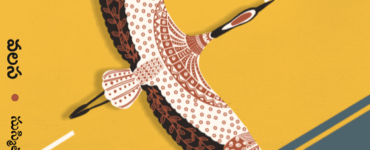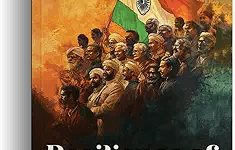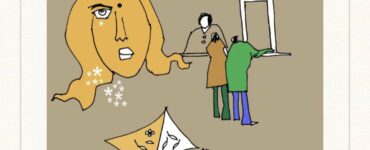Years ago I happened to be in Visakhpatanam with my father. We had attended a family wedding and were visiting cousins in the city. When Appagaru heard that the Book Fair was on in the city we decided to check it out. The reason for his interest was also in the fact that Kalipatnam Rama Rao, the Telugu writer, or KaaRa Master as he was popularly known would be at the Book Fait that evening. We met him and Appagaru and KaaRa Master kept on talking for hours. KaaRa Master was my uncle’s friend and that was how my dad knew him. After that meeting, my dad had stories of the great writer and his wonderful Katha Nilayam. Katha Nilayam is a veritable treasure house for anyone interested in Telugu short stories. They kept writing to each other for quite some years and I remember the letters arriving with Katha Nilayam written on them. KaaRa master passed away recently and as news of his death came in so did so many memories of my father.
I went back to re-reading KaaRaa master’s work again. Today’s column is about one of his works that I went back to, Yagnam and Other Stories. The English translation was done by C.L.L. Jayaprabha. Yagnam to Tommidi won the Sahitya Akademi Award in 1995. The volume of nine stories written between 1964 and 1972 speaks of the trials and tribulations of characters belonging to the middle and lower sections of society and are known for their incisive psychological insights while revealing the harsh realities of their lived experience.
“Yagnam” voices the struggles of the lower castes, of poor marginalized peasants who are exploited. Written in 1964 and first published in the Deepavali issue of Yuva magazine in 1966 “Yagnam” is a rather long story about a loan dispute between Appala Ramudu, a poor villager who belongs to the Mala caste, and the businessman Gopanna. “Appala Rumudu was the Harijan member of the Panchayat of that village. He was not only the elder of the malas, he was also the oldest of all the malas.” Set in the village of Sundarapalem, the Five Year Plan forms an important aspect of the narrative with Sriramulu Naidu, the man in charge of all the development plans in the village. The mask falls off Sriramulu Naidu’s face later in the story. Caste and class form an important aspect of the story. Appala Ramudu’s son Seeta Ramudu kills his young son blaming his father “You made us slaves till the end of our lives.”
“Yagnam” is rooted in a realistic depiction of life with wonderfully crafted characters. The poor, landless suffer, they are voiceless and unable to speak of their plight. When one or two of them do protest they are unable to decide on the course of action. Appala Rumudu tries to explain why the debt that he owes is not a real debt. As the other members of his family get ready to sign the land sale deed, his younger son opposes it and then resorts to violence that is his way of protesting in a world that is unwilling to listen to his voice – “Right in front of Appala Ramudu’s feet with a thud a head and a small body.” The end leaves one stunned.
“No room” is the story of a young lower class couple who want to have some privacy in a hotel room, of a poor hotel worker who becomes the object of the fury. Nuka Raju’s anger at the way he and his wife are looked at, spoken too and treated pours out – “If a rich man gets a slut to your lodge, she becomes a respectable woman. When a poor married woman comes with her husband, does she become a bitch?” “Bhayam” (“Fear”) tells the story of Satyam. Satyam/Satteyya was known as Pavula Satteyya (Pavula meaning snakes) because of his ability to catch and deal with them – “Whenever they sighted a snake, he would be called.” One day, a neighbouring woman discovers a cobra in her kitchen and asks Satyam to help kill it. This struggle between Satyam and the snake forms the crux of the story.
It is interesting to note that for a writer who later on went to write rather long stories, KaaRa Master wrote his first story on a postcard. The world of his stories draw readers into the lives of those one might usually ignore. They are flesh and blood human beings who are thrust into situations and events and get completely entangled in them. What stands out in the stories is a completely realistic description of lives as he saw it and his socialist concerns.
*









Add comment